The Root in the Plant: What is it? Which functions has?
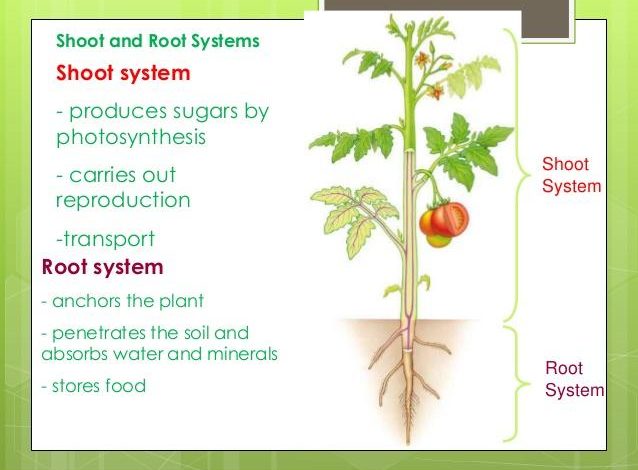
What will you learn in this article?
We analyze in depth what roots are. As well as the functions they have in the plant, the different types that exist and their anatomy.
In plants, roots are the organs of a plant that are modified to provide anchorage for the plant and carry water and nutrients to the plant body, allowing plants to grow taller and faster.
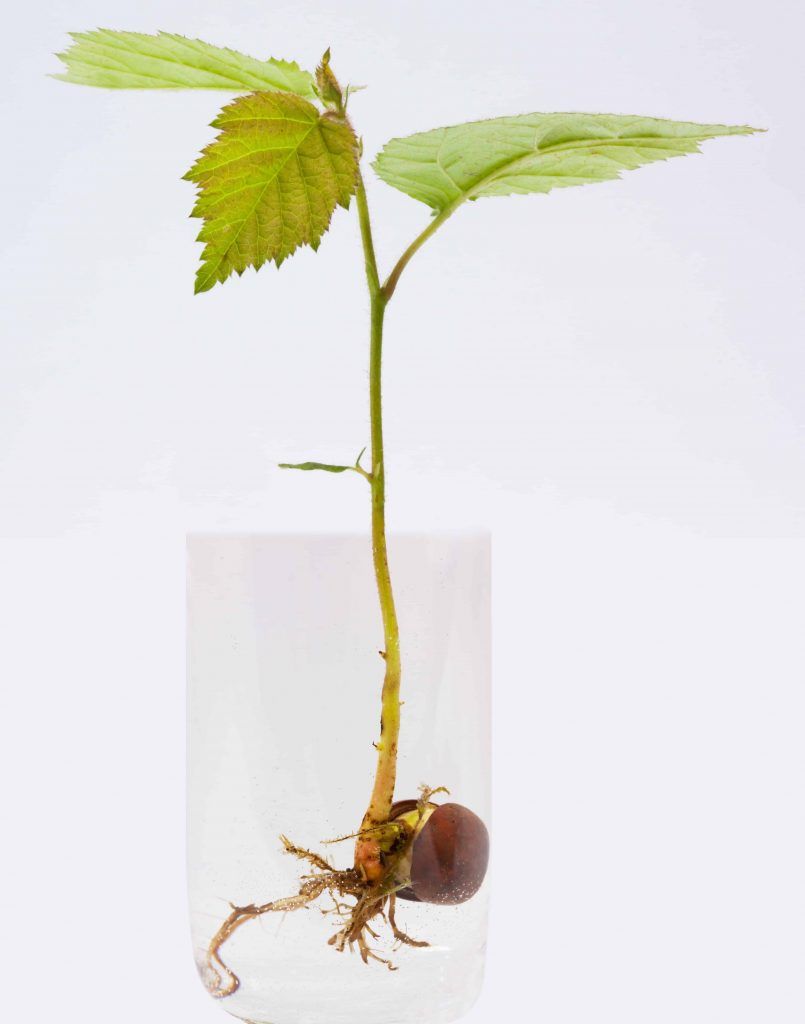
What are the roots?
The root is the part of the plant that holds it to the ground. It is where water and food begin to be transported to the rest of the plant structure through its branches and fibers. The roots are usually under the ground and function as an organ of absorption, aeration, food storage and anchorage or support.
They are the part of vascular plants that is best defined as the parts of the plant body that are not leaves or stems.

Root Anatomy
Root morphology is divided into four parts: the root cap, the apical meristem, the elongation zone, and the hair.
the hood
The new root cap helps the root to penetrate the soil. These root caps loosen as the root goes deeper, creating a slimy surface that serves as a lubricant.
the meristem
The apical meristem behind the root cap produces new root cells that elongate.
radicle
The first root of seed -producing plants is the radicle, which expands from the plant embryo after seed germination.
When dissected, the arrangement of cells in a root is root hair, epidermis, epiblema, cortex, endodermis, pericycle, and lastly the vascular tissue in the center of a root to transport water absorbed by the root to other locations. of the plant [clarification needed.
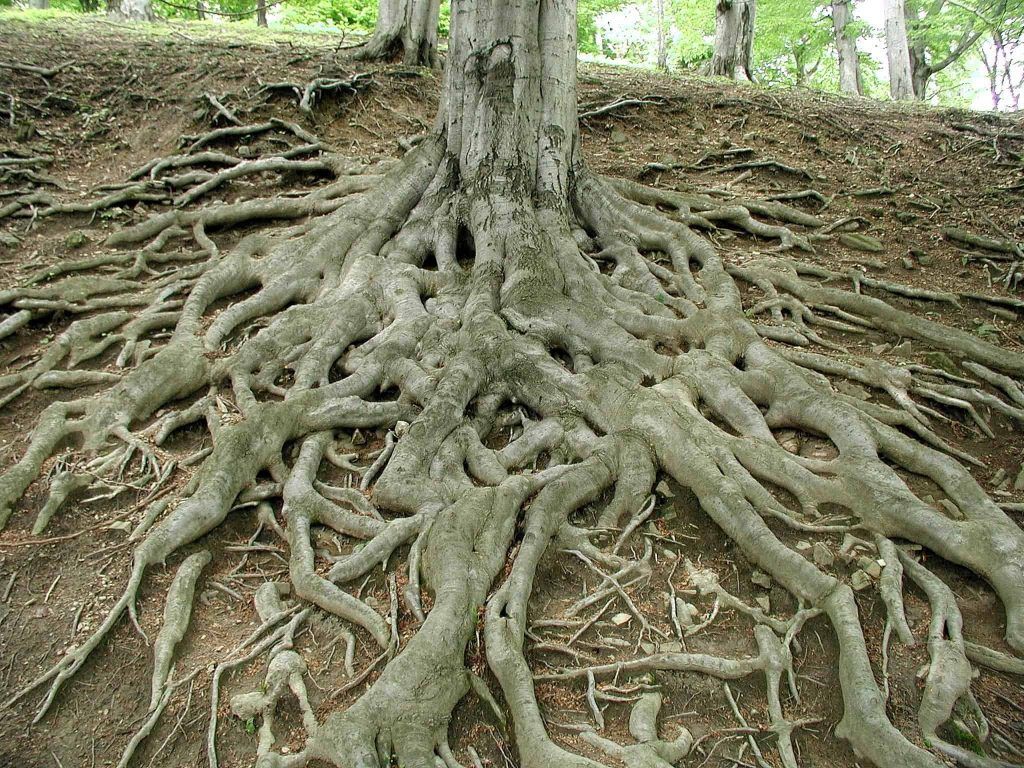
Cross section of a buttercup root
Perhaps the most striking characteristic of the roots that distinguishes them from other plant organs, such as stem-branches and leaves, is that the roots have an endogenous origin[5], that is, they originate and develop from an inner layer of the parent axis, such as the pericycle.
Instead, the stem-branches and leaves are exogenous, that is, they begin to develop from the bark, an outer layer.
In response to nutrient concentration, roots also synthesize cytokinin, which acts as a signal for shoot growth rate. The roots usually function as a store of food and nutrients.
The roots of most species of vascular plants enter into symbiosis with certain fungi to form mycorrhizae, and a wide variety of other organisms, including bacteria, are also closely associated with the roots.
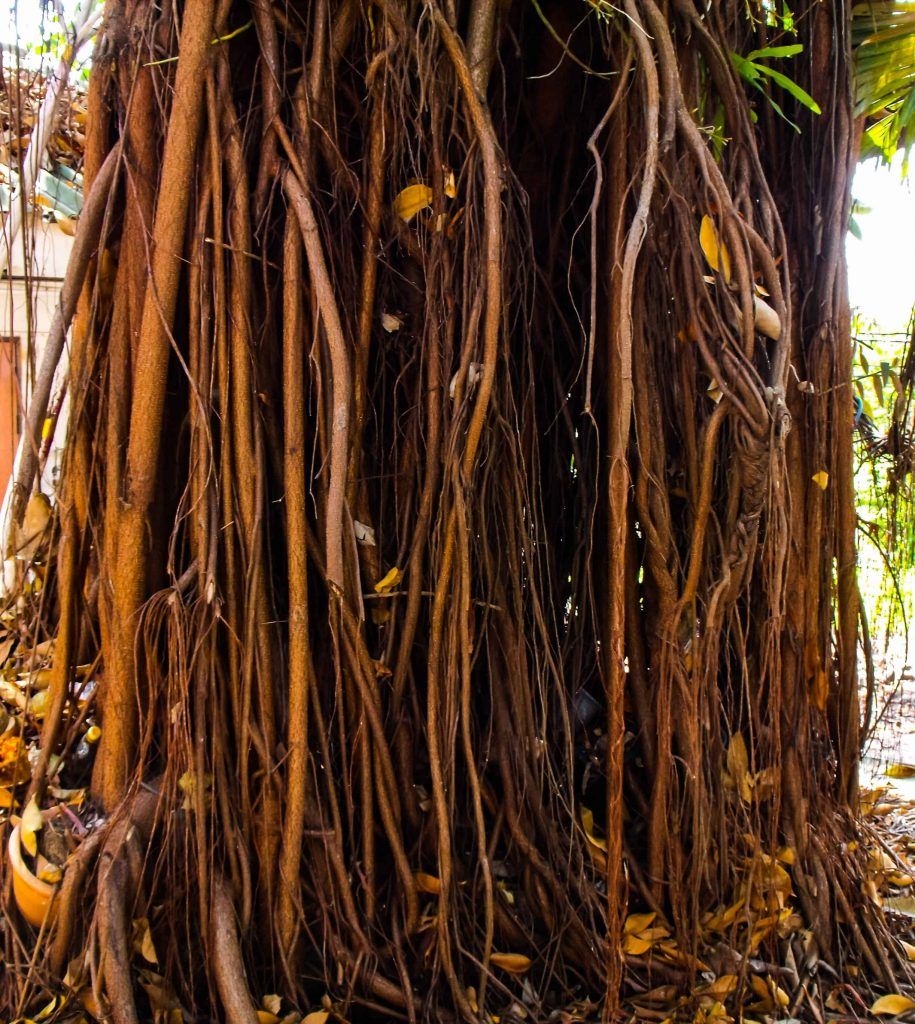
The four main functions of roots
Anchorage
Grab a weed and try to pull it out of the ground. Do the same with several plants. Look at the force you must exert to pull them out. Roots hold, or «anchor,» a plant firmly in the ground. The first root that develops from the seed is the taproot.
After a while, secondary roots develop from the primary root. Secondary roots originate from the pericycle of a primary root and are made up of many cells.
Water and mineral absorption
The water and minerals that plants need are found in the soil.
The epidermal cells of the root have very thin walls; they can absorb water and dissolve substances with or without root hairs. Root hairs are extensions of epidermal cells near the root tip, and increase the surface area of an epidermal cell.
This makes absorption more efficient. A root hair originates from the epidermis and is not considered a cell; it is just an extension of an epidermal cell.
Aeration
Some roots arise from the soil or grow from the stem or leaf tissues of the plant. These are roots that grow in the aerial parts of a plant, acting as woody lianas that are anchored to different tree branches, trellises, rocks and walls.
The anchoring of these aerial roots fixes the plant from external environmental factors such as the wind. Many aerial roots also take in gases, moisture, or nutrients directly from the air.
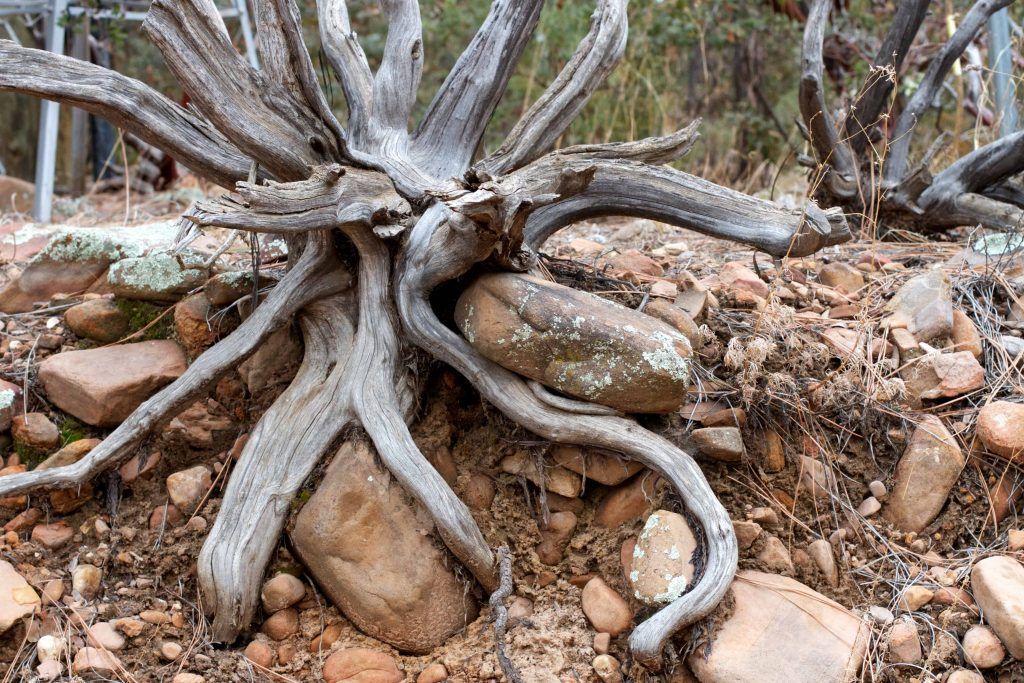
food storage
Roots are a food storage structure for plants. They serve to store nutrients, starches and sugars. In tubers, rhizomes, and other starch-storing plant organs, the roots also act as a place to store food for later use.
In some plants, the roots enlarge to accommodate large amounts of starch and other carbohydrates. Examples of root vegetables are beets, carrots, and sweet potatoes.
Photosynthesis
Photosynthesis is the process by which plants feed. Some roots are capable of carrying out photosynthesis, as is the case with the aerial roots of mangroves and epiphytic orchids.
root growth
Roots can penetrate deep into the soil, no matter how compacted the soil particles are.
What makes roots capable of doing this?
They emit carbon dioxide as a result of respiration, and the carbon dioxide reacts with the water in the soil, forming carbonic acid. Carbonic acid dissolves certain minerals in the soil, making it easier for roots to penetrate the soil.
Did you know…?Some trees have very powerful roots, such as the pine and the avocado. These trees, when they are very large, are capable of raising floors and even the foundations of houses. That is why it is not recommended to plant them near any building.
early or primary growth
Early root growth is one of the functions of the apical meristem located near the root tip.
The meristem cells divide more or less continuously, producing more meristem, root cap cells (which are sacrificed to protect the meristem), and undifferentiated root cells.
The latter become the primary root tissues, first undergoing elongation, a process that pushes the root tip forward into the growing medium.
Gradually, these cells differentiate and mature into specialized cells of the root tissues.
Growth from the apical meristems is known as primary growth, which encompasses the entire elongation.
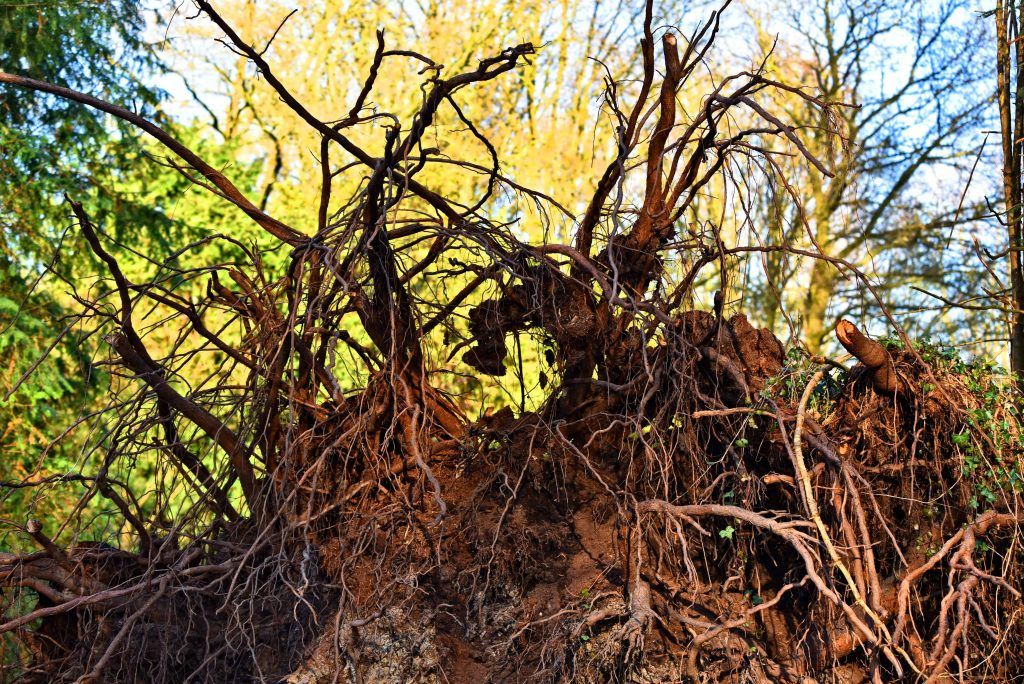
secondary growth
Secondary growth encompasses all growth in diameter, a major component of the tissues of woody plants and many non-woody plants.
Did you know…?For example, sweet potato storage roots have secondary growth, but are not woody. Secondary growth occurs in the lateral meristems, namely the vascular cambium and the cork cambium. The former forms the secondary xylem and secondary phloem, while the latter forms the periderm.
In plants with secondary growth, the vascular cambium, which originates between the xylem and the phloem, forms a cylinder of tissue along the stem and root.
The vascular cambium forms new cells both inside and outside the cylinder of the cambium, with those on the inside forming secondary xylem cells and those on the outside forming secondary phloem cells. As the secondary xylem accumulates, the «girth» (lateral dimensions) of the stem and root increases.
As a result, tissues beyond the secondary phloem, including the epidermis and cortex, in many cases tend to be pushed out and eventually «slough off.»
At this point, the cork cambium begins to form the periderm, which consists of protective cork cells. Cork cell walls contain thicknesses of suberin, which is a complex extracellular biopolymer.
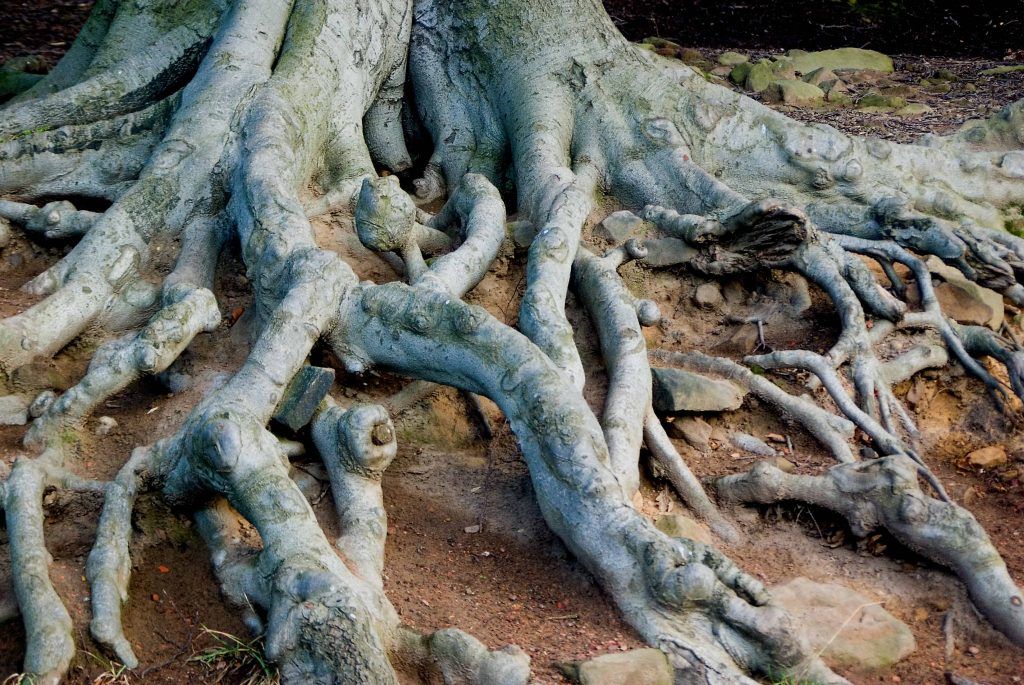
Suberin thicknesses work by providing a physical barrier, protecting against pathogens and preventing water loss from surrounding tissues. In addition, it also helps the healing process of wounds in plants.
It is also postulated that suberin could be a component of the apoplastic barrier (present in the outer cell layers of the roots) that prevents the entry of toxic compounds into the root and reduces radial oxygen loss (ROL) of the aerenchyma during waterlogging..
In roots, the corky cambium originates from the pericycle, a component of the vascular cylinder[16].
The vascular cambium annually produces new layers of secondary xylem. Xylem vessels are dead at maturity but are responsible for most of the transport of water through vascular tissue in stems and roots.
How do roots absorb water?
Next we will describe the process of transport of substances through a root. Water moves through the roots primarily by diffusion and capillary action.
- From the outside of the root, the water diffuses through the thin walls of the root and the rest of the cells of the root epidermis.
- From the epidermal cells, it diffuses to the cells of the cortex. It moves by diffusion from cell to cell until it reaches the xylem vessels.
- Once inside the xylem vessels, it ascends the stem, mainly by capillary action.
Why does the water move towards the center of the root and not out?
During diffusion, molecules in a fluid tend to move from a region of higher concentration to one of lower concentration. Normally, there is more water per unit volume in the epidermal cells than in the cells of the cortex.
There is more water in the cortex than in the vascular cylinder cells. This creates a general movement of water in the root from the outside in.

different types of roots
A common way to differentiate root types is whether the root system is fibrous or taproot. However, there are also a few different types of specialized root systems that have been developed to perform specific functions for plants.
Some of these types of specialized roots are aerial roots, climbing roots, prop roots, and buttress roots.
fibrous roots
Fibrous roots are found in monocot plants. They are thin, branched and grow directly from the stem.
These roots tend to grow near the surface and spread out horizontally. They are characterized by having a cluster appearance with numerous roots together, all almost the same size. In the fibrous root system, the taproot is short-lived. It is replaced by numerous roots.
The fibrous root system does not provide a strong anchor for the plant, as they do not penetrate deep into the soil.
Characteristic:
- Fibrous roots grow from the base of the stem
- They are underground
- They appear in the form of clusters of roots of similar size
- The primary root is replaced by adventitious roots.
- They do not penetrate deep into the ground.
taproots
Taproots are found in most dicotyledonous plants. This type of root is a direct elongation of the root. Unlike fibrous roots, taproots are not branches. Instead, they are a single taproot that grows deep into the soil. A taproot gives rise to lateral branches (secondary and tertiary roots) that lead to the formation of a taproot system.
The branches of a taproot grow in acropetal succession, meaning that the oldest and longest are present at the base, while the shortest and newest are near the apex of the taproot.
The tap root system provides a very strong anchor. The reason for this strong support is that they penetrate deep into the ground.
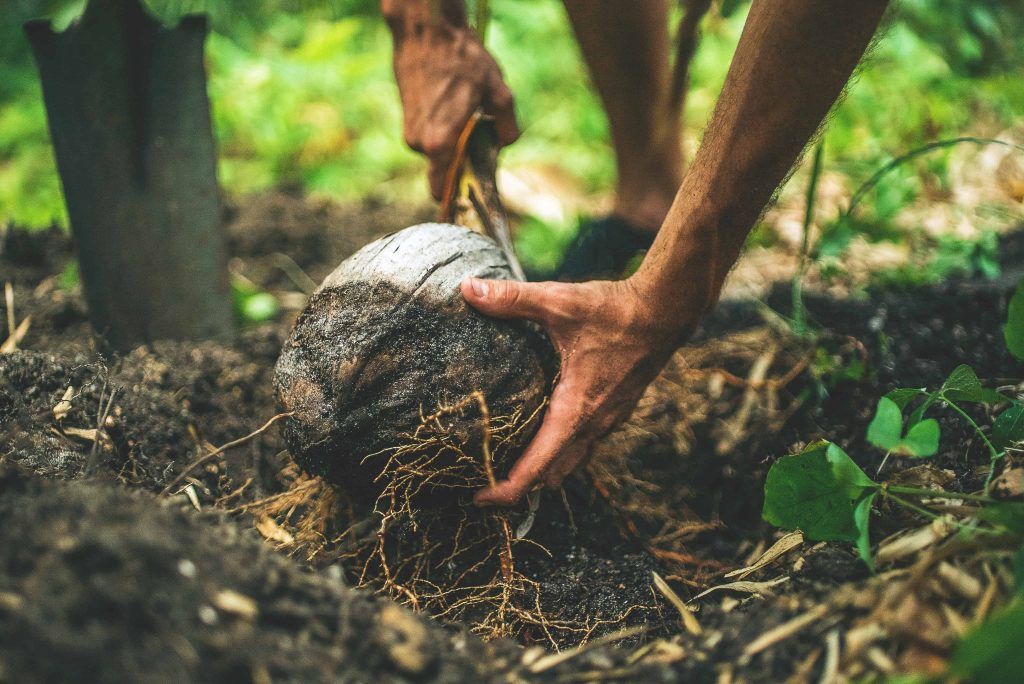
In some plants, the taproot does not grow very deeply. Instead, its lateral branches grow horizontally along the surface. These types of roots are called feeder roots.
Characteristic:
- Taproots develop from the radicals of an embryo
- They are always under the surface of the ground
- They have a taproot (primary root) with branches that grow in an acropetal manner
- The primary root remains throughout the life of the plant.
- They act as deep feeders, that is, they penetrate deep into the soil.
adventitious roots
Adventitious roots are similar to fibrous roots. However, they can be underground or aerial (above ground). They can grow from any part of the plant except the root. They usually grow from the intermodal, stem nodes, and leaves.
These roots can be thick, fine or modified depending on the species. Adventitious roots arise under stress conditions, such as waterlogging after floods.
Leaf cuttings and branch cuttings in plants such as the rose can lead to the development of adventitious roots. They also develop in case of plant injury. They can increase a plant’s chances of survival, as the plant spreads with the help of adventitious roots.

creeping roots
Las raíces rastreras son los tipos de raíces que no penetran profundamente en el suelo. Son poco profundas y se extienden horizontalmente desde la base de la planta. Muchos árboles tienen raíces rastreras.
Raíces tuberosas
Las raíces tuberosas son raíces muy gruesas. Almacenan cantidades importantes de alimento para alimentar a toda la planta. Son un órgano de almacenamiento carnoso, ampliado y modificado. Se modifican a partir del tallo.
La propagación de las raíces tuberosas es por división de la corona donde cada división de la corona tiene varias yemas y suficiente almacenamiento para hacer una nueva planta.
Raíces de agua
Aquatic roots are the types of roots that plants develop in water. They are thinner and more fragile. They have the ability to allow diffusion of oxygen from the atmosphere, which is then used by the roots for metabolism and growth. They are morphologically different from soil roots.

parasitic roots
Parasitic roots are types of roots that attach to the other plant and suck its nutrients. They offer no benefit to the host plant. Instead, they cause serious damage, hence the name parasitic roots.
Tap root systems vs. fibrous systems
In some plants, the primary root is highly developed, giving rise to what is known as a taproot system. The taproot can take the form of a fleshy root or a very long taproot. Fleshy taproots, like those of carrots and radishes , store food and water.
Plants with well-developed secondary roots have what is known as a diffuse or fibrous root system. Although the fibrous roots are short, they spread over a large area. The water that runs through the soil surface is easily absorbed by them.
The thick root masses are very effective in preventing soil erosion. If you pull up different types of weeds in the garden or orchard, you will find out which of the two root systems is more common among the weeds.
In some cases, such as cassava and sweet potato, the larger secondary roots are enlarged by the stored food. Food, mainly starch, is deposited in the large parenchyma cells of the cortex and the vascular cylinder.
Some medicines made from roots
As we have already mentioned, the roots are a source of some very important medicines. We have listed the most prominent ones for you.
Turmeric
Turmeric root is capable of treating anything from stomach pain to arthritis, gallbladder and liver disorders, menstrual cramps, infections and headaches.
Turmeric is primarily used as a spice, but the medicinal uses of turmeric root are simply phenomenal.
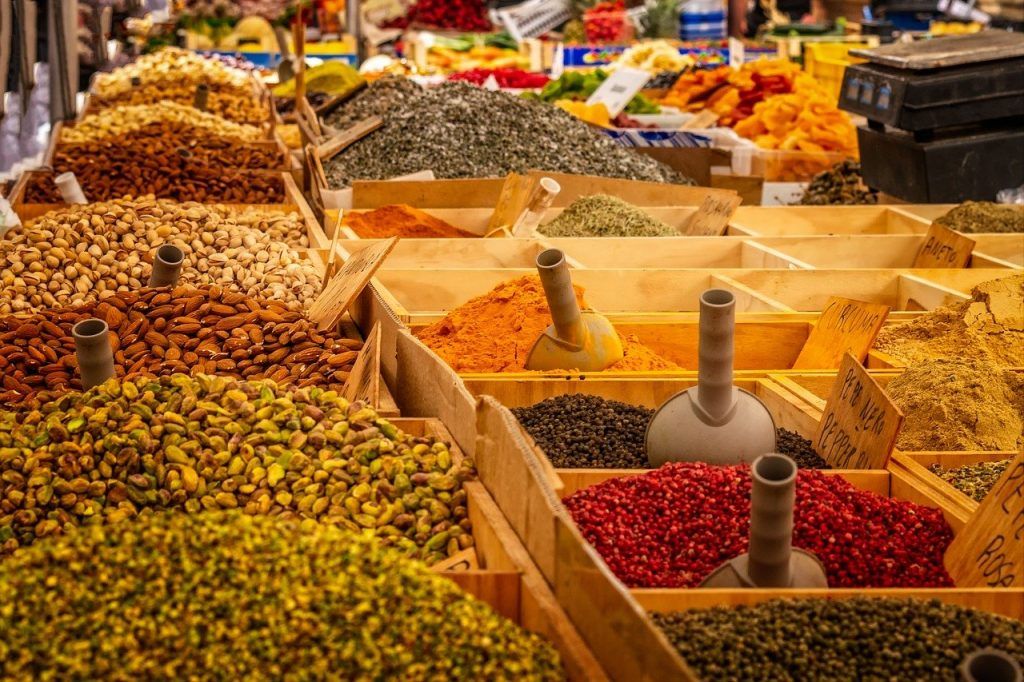
Ginger
Ginger is effective in cases of diarrhea, nausea and upset stomach. It can also be used to relieve colds, congestion, flu, and headaches.
Licorice
Licorice has long been used to treat stomach ulcers, bronchitis, and sore throats. According to some studies, licorice may also be useful in the treatment of hepatitis C.
Ashwagandha
This medicinal root can be used to treat arthritis, liver disease, and fibromyalgia.
Valerian
Valerian is used to treat sleep disorders. Many people struggling to kick the habit of taking sleeping pills have benefited from valerian.
Some studies suggest that this herb may make chronic insomniacs fall asleep more easily and quickly.
Some interesting facts about roots
Some fun facts about roots listed below are amazing facts that you may have never heard of before:
- In most plants, the growth below ground (in the form of roots) is as large as the growth above ground.
- Crops growing on dry land have 90% of their roots in the top 10 cm of soil. The remaining 10% of the roots grow up to 2 meters deep to reach deep water and survive.
- When conditions are ideal, roots can grow up to a centimeter a day.
- Soil whose strength is less than 3 megapascals is suitable for root growth.
- Root growth is random, but they grow faster and branch more in areas where soil conditions are favourable.
- Root growth is not towards the water or towards the fertilizer. Instead, they grow around these areas as they encourage growth.
- Most of the uptake of water and fertilizer by the roots occurs a few millimeters above the growing tip.
- Old roots serve as a conduit for the transfer of water and nutrients to other parts of the plant.
- In areas where disease attacks the root tip or where growth is restricted, water and nutrient uptake will be limited.
Bibliography and references
-
[PDF] Biology, Identification, and Control of Root-Knot Nematodes, AL Taylor, JN Sasser – University of North Carolina, 1983 – pdf.usaid.gov
-
[BOOK] Plant Biology, PH Raven, RF Evert, SE Eichhorn – 1992 – books.google.com
-
[PDF] Plants and Vegetation, W Haber – Wheelwright and Nadkarni (editors), 2014 – digitalcommons.bowdoin.edu
-
The Science of Plants, R Parker – 2000 – sidalc.net
-
[BOOK] Plant Propagation: Principles and Practices, HT Hartmann, DE Kester, AM Ambrose – 1980 – 181.176.223.4
-
Secondary plant metabolism, AÁ García, EPU Carril – Reduca (biology), 2011 – revistareduca.es

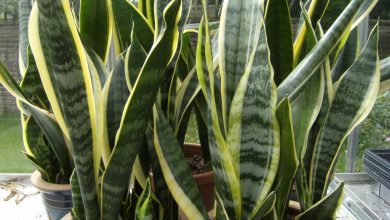
![Photo of Prune almond trees: [Importance, Time, Considerations and Steps]](https://www.complete-gardening.com/wp-content/uploads/2022/08/prune-almond-trees-importance-time-considerations-and-steps-390x220.jpg)
![Photo of Banderillas: [Cultivation, Irrigation, Care, Pests and Diseases]](https://www.complete-gardening.com/wp-content/uploads/2022/08/banderillas-cultivation-irrigation-care-pests-and-diseases-390x220.jpg)
![Photo of Kiwi Pests and Diseases: [Detection, Causes and Solutions]](https://www.complete-gardening.com/wp-content/uploads/2022/08/kiwi-pests-and-diseases-detection-causes-and-solutions-390x220.png)